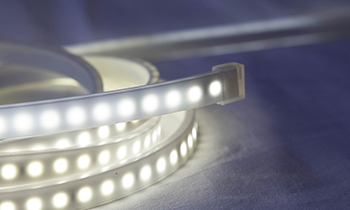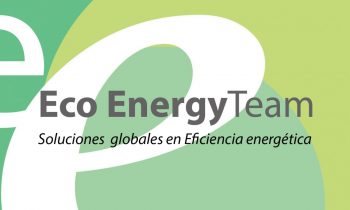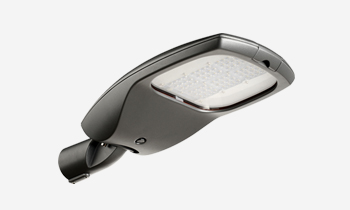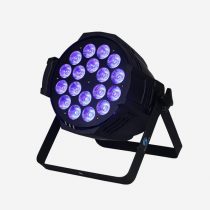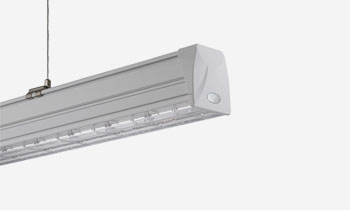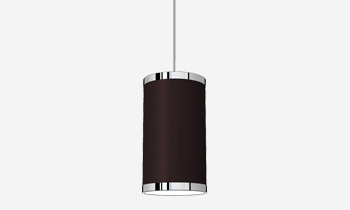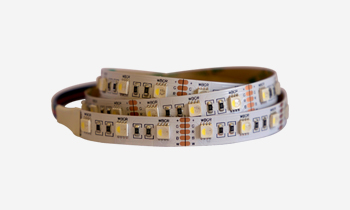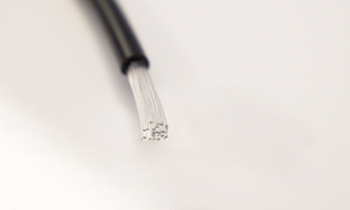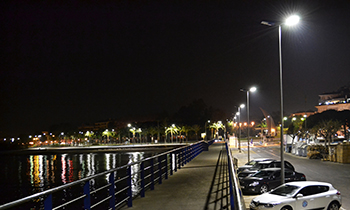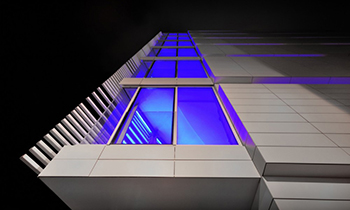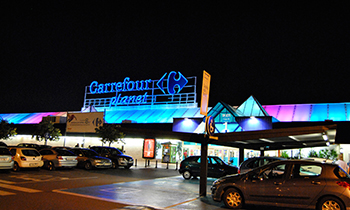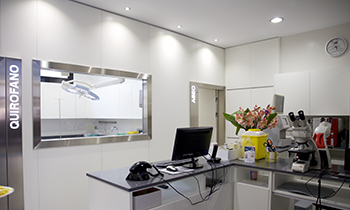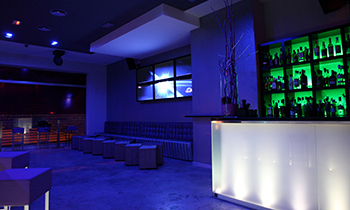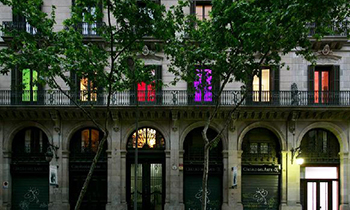In Goodwork we have told you many times about the advantages of LED lighting over traditional lighting. The advantages of LED technology for your health , for the environment and for your pocket. Advantages that, without a doubt, you will notice in the savings of your home, your business and your city.
Goodwork LED products are ecological, applicable and adaptable to all types of lighting projects. Its use reduces consumption from 40% to 90% while maintaining the same performance of conventional lighting.
Article index
– How much can I save with LED lighting?
– How is LED Savings Achieved?
– Tips for achieving energy savings
– Tips for saving energy in winter
How much can I save with LED lighting?
The consumption of a sodium vapour luminaire is 657 kw/year=78.84 €/year, while a LED consumes 146 kw/year=17.52 €/year. In other words, the LED lighting savings is more than 60 euros per year for each luminaire. And the savings from not having to replace the luminaires due to the long life of the LEDs are approximately 17 euros per year for each luminaire. This makes a total saving of 100 euros per year for each luminaire. An immediate saving.

At Goodwork we offer you the possibility of implanting and replacing sodium or mercury vapour luminaires with new LED lamps. The old sodium vapour luminaires (and similar) consume a power of 150W, with 20% more than the nominal power when these are becoming obsolete. In addition, the duration of a high pressure sodium vapour luminaire is 3 years, whereas LED bulbs have a useful life of almost 14 years.
It is also proven that the use of colored filters is more versatile with LED lighting, avoiding the use of expensive filters in dichroic. And with respect to halogen, expensive diffusing lenses are avoided.
There is no doubt that, in these times, we are all concerned about spending on our bills and savings in the home. Thanks to the efficient use of energy, LED bulbs consume 65% less than low consumption bulbs and 90% less than traditional incandescent bulbs. Therefore, the LED savings is on average, compared to traditional lighting, more than 70%.
How is LED Savings achieved?
We are heading towards the era of smart cities, an era in which we become aware of the responsible use of energy and respect for the environment; and one of its key points is smart lighting, i.e. the replacement of traditional light bulbs by LED bulbs, which are much more respectful of the environment. In this way, by saving LED bulbs, energy is optimized by making good use of resources through the installation of more intelligent lighting.
- High efficiency: LED lamps use 90% of the energy they consume to produce light and only 10% to produce heat. In the case of conventional incandescent lamps, the values are reversed: 90% produces heat and 10% produces light. Considering that, unlike all conventional luminaires, only a small part of the energy consumed by LED lamps is wasted emitting heat, energy savings amount to between 50% and 80%. This means that the initial investment pays for itself quickly. LED lamps do not need to be heated beforehand and therefore have an immediate start, do not increase the ambient temperature and are much more efficient.

- Very low consumption: LED lights at home, in your business or in your municipality achieve significant economic savings that can reach up to 80% of the electricity bill, with a rapid amortization of the investment.
- Long life: traditional light bulbs can be easily broken and suffer failures due to “melting”. Their degradation is gradual until their luminosity finally falls below 70%. On the other hand, LED lighting for the home can last between 12 and 14 years, with an operation of 10 hours a day, 365 days a year. The useful life of LEDs increases savings both in replacement and maintenance.
- Instantaneous ignition: LED on and off is instantaneous and unlike other conventional systems is not degraded by the number of ignitions, which makes them very energy efficient and economically. In addition, thanks to the saving of LED bulbs in your home with respect to the heat generated, the costs related to air conditioning are reduced, since the place is kept at room temperature.
- Replacement of old luminaires: Thanks to the wide range of shapes and colours of LEDs, they can replace almost any luminaire. LED technology adapts to the aesthetic needs of each lighting design, both for its flexibility, and for its ease of regulation in intensity, as in tone. Unlike fluorescent lights, for example, this technology withstands low temperatures (up to -40 º), which makes them suitable for installation in places such as cold rooms.
- Savings in installation costs: LED lighting, is the perfect lighting for installations where maintenance is very complicated, restricted access or expensive, due to its easy and simple implementation and replacement. The installation is done with cables of much smaller caliber, which translates directly into savings in wiring and installation. In addition, as mentioned above, thanks to their long durability, they do not have to be constantly replaced. That’s why there are big savings in maintenance costs.
Tips for achieving energy savings
-
Replace traditional bulbs with LED lighting: we are heading towards the era of smart cities and one of their key points is to find ways to save energy by optimizing and making good use of resources, such as, for example, through the installation of intelligent lighting. LED technology has countless advantages over traditional lighting and there is no doubt that, in these times, we are all concerned about saving on our electricity bill. Thanks to the efficient use of energy, LEDs consume 65% less than low-energy bulbs and 90% less than traditional incandescent bulbs.
LED lamps use 90% of the energy they consume to produce light and 10% to produce heat. In the case of conventional incandescent lamps, the values are reversed: 90% produce heat and only 10% produce light. Considering that, unlike all conventional luminaires, only a small part of the energy consumed by LED lamps is wasted by emitting heat, the energy savings account for between 50% to 80%. This means that the initial investment pays for itself quickly. LED lamps do not need to be warmed up beforehand and therefore have an immediate start.
It is more than proven that the use of LED bulbs in the home is among the most useful ways to save energy. Compared to other types of lighting, they are the safest and longest lasting. As they are not made of filaments that can break or burn, they have a useful life of about 50,000 hours, compared to the 2,000 hours of a standard bulb, ie between 20 and 30 years in a use of 10 hours a day 365 days a year. This means big savings in maintenance costs as it does not have to be constantly replaced and is the perfect lighting for installations where maintenance is very complicated, restricted or expensive. In addition, the electrical implantation of LED lamps is done with much smaller caliber cables, directly translated into savings in wiring and installation. In short, the energy saving with LED is more than remarkable.
- Use natural daylight hours: light accounts for 20% of energy expenditure in our homes. Luckily, we live in a country where we can enjoy almost 3,000 hours of sunlight per year in most of the country. If we organize ourselves well and take advantage of the daylight hours to do our domestic chores at this time, it can be one of the best and simplest ways to save energy. You can even enjoy your leisure time, having the pleasure of doing activities such as reading, painting, sewing, working in our garden, etc. in the sunlight.
- Turn off the lights: make sure that the lights in your house are always off when you leave and have the habit of turning off the light switch every time you leave a room and you will see how this is one of the most efficient ways to save energy, just by paying a little attention.
- Power off and unplug everything you don’t use : turn off everything that consumes energy when you’re not using it. Sometimes we think that it is more comfortable to leave the devices on or at rest, but it is much more the expense that is produced in energy that in the time that we can spend in turning them on again instead of leaving them in stand by. In almost everything, in computers and laptops, for example, you can use the sleep mode and they will end up turning off when they have not been used in a while.
- Do not have chargers continuously plugged into the network: if you work with a laptop, tablet or smartphone, get used to plug these devices only when they have low battery.
-
Acquire appliances with energy certification: if you are going to renew your appliances, bet on the use of more ecological, efficient and low-consumption appliances for your home. An energy-efficient appliance will consume as little energy as possible for a given task. It is true that when it comes to acquiring them they are a little more expensive, but if you calculate what you can save in their useful life (approximately 10 years) it means more than 200 euros a year.
Never buy appliances larger than you need and use the dishwasher and washing machine with cold water. Today’s soaps and detergents are powerful enough to be able to wash at lower temperatures. Besides, your clothes will last longer in a better state. Find out about the manufacturer’s recommendations to make good use of the appliance at the time of maintenance and cleaning to prolong its life.
.
Tips for saving energy in winter
With the arrival of the cold it is normal to increase the energy expenditure in our homes, with the consequent outlay on our bill. In winter the electricity bill skyrockets, so it is very important to keep in mind that there are ways to save energy that we can achieve with a few simple gestures. So that your pocket does not suffer more, in Goodwork we have some tips that will surely be useful for you to achieve a more efficient and responsible energy consumption.
- Raciona the use of heating: make sure you have windows and doors well closed to keep the heat and do not have the heating on in rooms where you are not. Use thermostats to set the on and off times. Restrict its use at night, when you are in bed and put curtains and carpets so that the cold does not get into the floor or walls. Properly isolate your space.
- Adapt your clothes to the winter: it seems obvious, but sometimes we forget and want to be in lighter clothes than the weather actually allows for that season. Try to keep warm in winter so you don’t turn up the heat.
Don’t hesitate anymore and go to LED with Goodwork.
.


